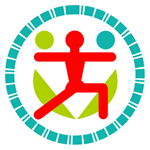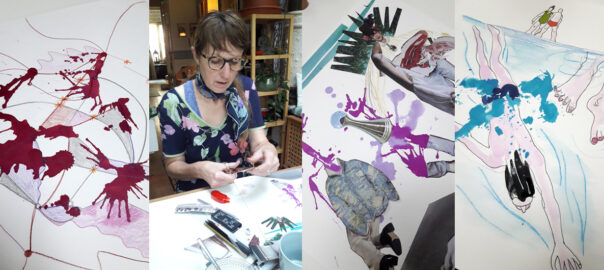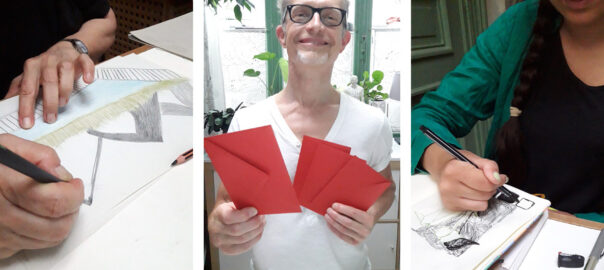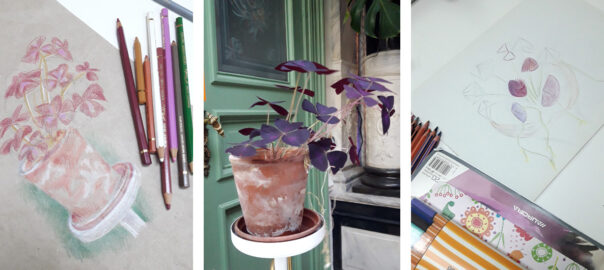Failure does not exist
We were made to fear mistakes and imperfections in our childhood.
I still vividly remember how, at school in the first year of primary school, I suddenly saw a thick, dark blue ink stain fall from the old-fashioned hand pen onto the page … I let the thing dry, albeit too briefly, and then diligently started rubbing and sanding with the rough, blue side of an eraser, hoping the stain would go away. So that no one would see them, least of all the teacher. The result was even more blurry blue smudges AND a gaping hole in the sheet of paper. The teacher then used laundry pins to hang all the students’ calligraphy notebooks on a line for parent contact night. And mine hung open exactly on the page where the hole yawned …
Artists never fail
Artists know that mistakes don’t exist. That they are all necessary steps in the development of their work. Some artists work in the shadows for 20 years, searching and trying, while not being seen and not selling a single work. And then suddenly they change tack. New ideas and insights emerge and they sometimes radically change their style. And suddenly they are doing well artistically and commercially. So were all those earlier works and attempts failures? No, they were necessary to make the next step possible.
The potential of the stain
So in the sixth workshop “Yoga and the Art of Drawing”, we deliberately used the potential of the stain. Each participant was given a sheet of splattered paper, and asked to take the very spots on the blank paper as the starting point for their drawing, in complete freedom. Thus, the blemish on the paper became a component and even an inspiration for the creation. It once again gave rise to the most diverse drawings and collages.
The universe works in utmost perfection
Failures and mistakes are a life lesson. You can work around them or use them as strengths for the next phase. Perhaps I learned as a child in first grade, that the more you try to hide or erase something, the more visible it becomes. In our lives, there are also no mistakes, nor failures. Every event is perfection itself, at the right time and place. Provided you dare to look at them in a different way. Through your own eyes, and not through other people’s judgmental eyes. And then using them to your advantage, as a springboard to the next step.
In yoga philosophy, this corresponds to what is called yama and niyama in the eightfold path to enlightenment: the ability to free yourself from the yoke of:
- The (judgmental) gaze of others on yourself
- The (judgmental) view of yourself on yourself
Because only then do you create the conditions for true freedom to live your life according to your own unique plan.
How can I participate in a workshop with yoga and drawing myself?
Do you feel interest in yoga and the art of drawing workshops?
Would you like to get started with it?
Via the button below, you can read more about the format of the workshops and book your sessions:



